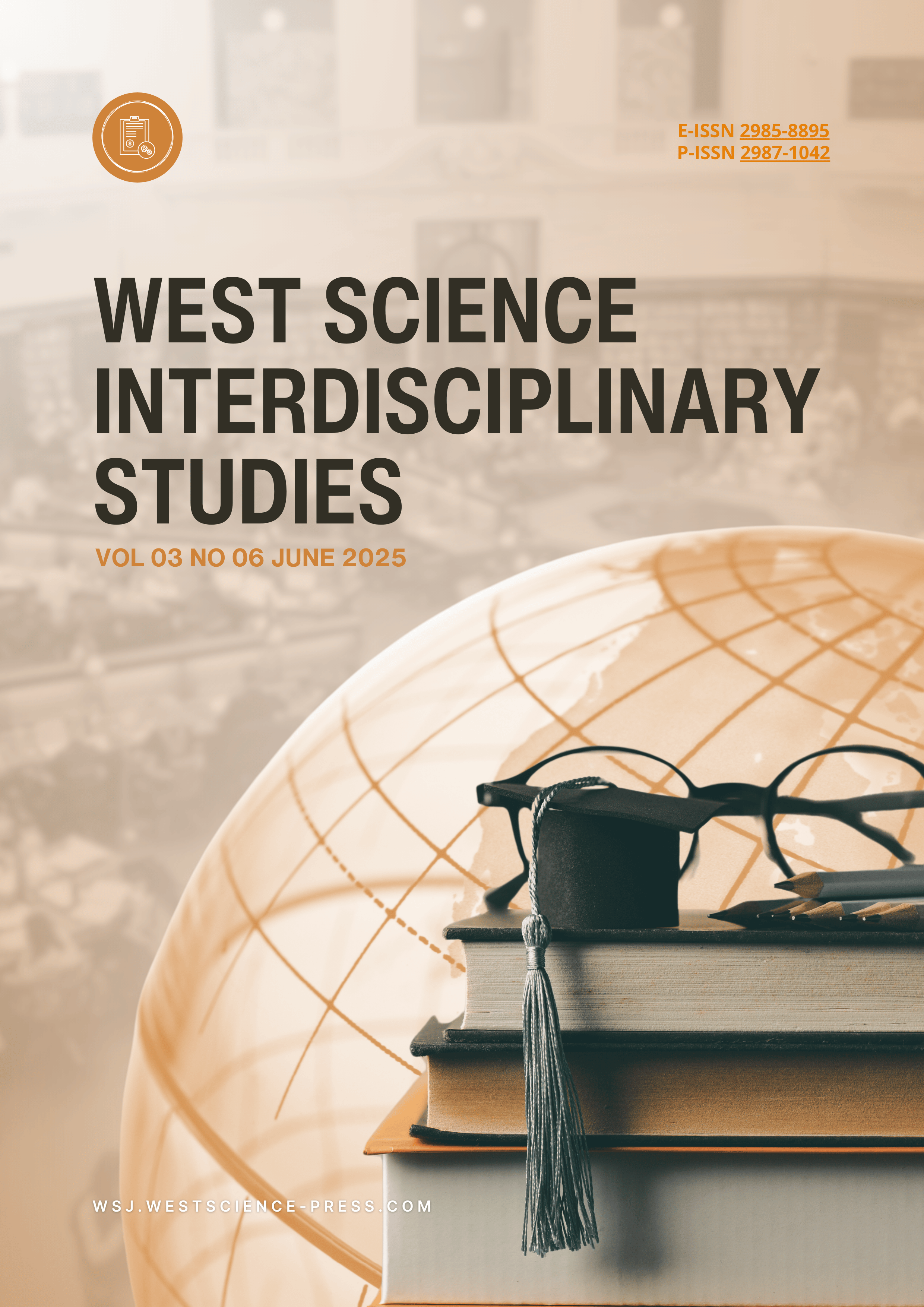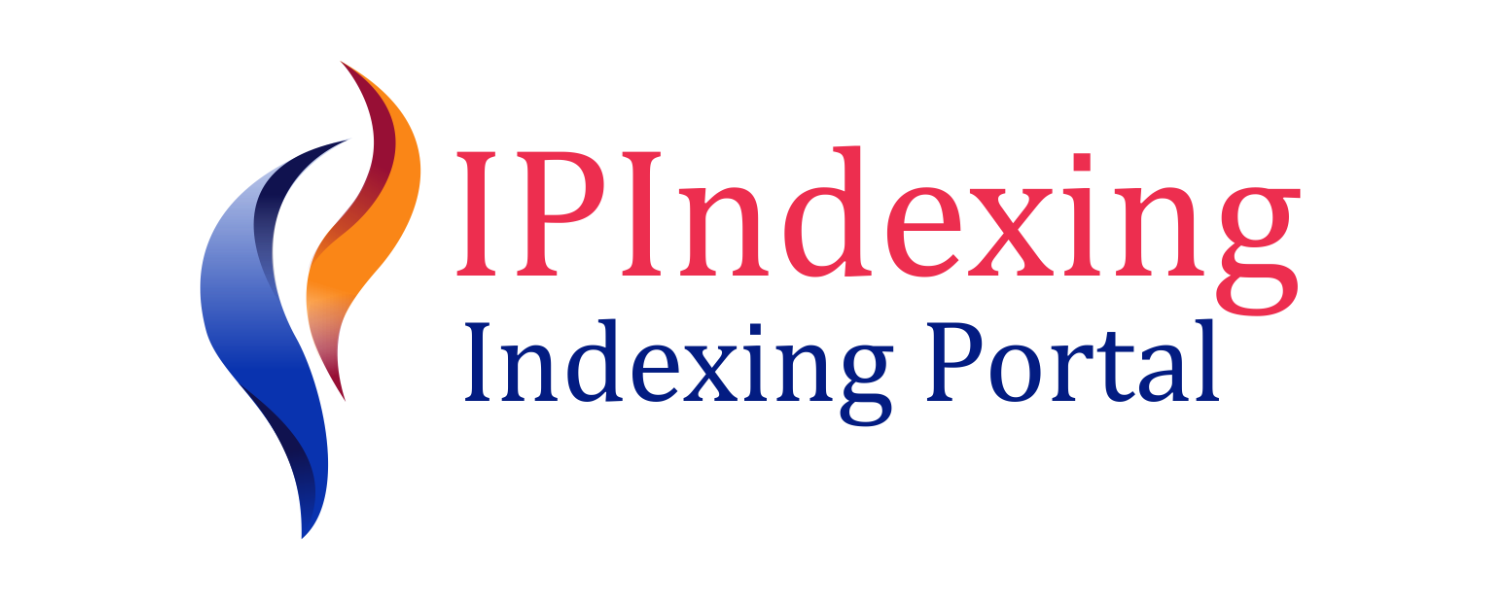Credit Dependency and Debt Management: A Bibliometric Review
DOI:
https://doi.org/10.58812/wsis.v3i06.2012Keywords:
Credit Dependency, Debt Management, Financial Literacy, Credit Risk, Risk Management, Bibliometric AnalysisAbstract
This study presents a comprehensive bibliometric analysis of scholarly literature on credit dependency and debt management, aiming to map the intellectual, thematic, and collaborative structures that define the field. Using data extracted from the Scopus database and analyzed through VOSviewer, the study identifies major research clusters including financial management, debt provision, and risk management. The findings highlight a clear evolution in research focus—shifting from individual financial behaviors and literacy toward institutional credit risk management and systemic financial governance. Co-citation and author network analyses reveal key contributors such as Lusardi, Altman, and Duffie, representing distinct but interconnected scholarly traditions. Moreover, country collaboration mapping positions the United States as the most central hub, with growing contributions from emerging economies. This study not only synthesizes the knowledge base but also reveals thematic gaps and opportunities for future interdisciplinary research. It contributes valuable insights for academics, policymakers, and practitioners seeking to understand and address the global challenges associated with credit reliance and sustainable debt management.
References
[1] A. Zahariev, “Debt management,” Debt Manag. ABAGAR Publ. House Velik. Tarnovo, 2012.
[2] A. Lusardi and O. S. Mitchell, “The economic importance of financial literacy: Theory and evidence,” Am. Econ. J. J. Econ. Lit., vol. 52, no. 1, pp. 5–44, 2014.
[3] T. Jonasson, M. G. Papaioannou, and M. Williams, “Debt management,” Sover. Debt A Guid. Econ. Pract., vol. 192, 2019.
[4] R. Ahmad and N. Omar, “Credit card debt management: a profile study of young professionals,” Asia-Pacific Manag. Account. J., vol. 8, no. 1, pp. 1–17, 2013.
[5] T. M. Klein, External debt management: an introduction, vol. 23. World Bank Publications, 1994.
[6] S. Mustapha and A. Prizzon, “Debt sustainability and debt management in developing Countries,” Econ. Priv. Sect. Prof. Evid. Appl. Knowl. Serv. Top. Guid. London Overseas Dev. Inst., 2015.
[7] E. Bernardi, S. Romagnoli, and M. Doti, “The impact of the dependence structure in risk management: a focus on credit-risk,” Int. J. Gen. Syst., vol. 48, no. 4, pp. 335–361, 2019.
[8] K. Raffer, “Debt management for development: protection of the poor and the millennium development goals,” in Debt Management for Development, Edward Elgar Publishing, 2010.
[9] M. Aria and C. Cuccurullo, “A brief introduction to bibliometrix,” J. Informetr., vol. 11, no. 4, pp. 959–975, 2017.
[10] A. P. Bellas and C. Tzovas, “The Effects of Dependency on Debt Financing On Financial Reporting Policy: The Case of Greece.,” Eur. Res. Stud., vol. 11, 2008.
[11] S. Thorgeirsdottir, “Dependency and Emancipation in the Debt‐Economy: Care‐Ethical Critique of Contractarian Conceptions of the Debtor–Creditor Relation,” Hypatia, vol. 30, no. 3, pp. 564–579, 2015.
[12] L. Eisenberg and T. H. Noe, “Systemic risk in financial systems,” Manage. Sci., vol. 47, no. 2, pp. 236–249, 2001.
[13] W. Ding, R. Levine, C. Lin, and W. Xie, “Corporate immunity to the COVID-19 pandemic,” J. financ. econ., vol. 141, no. 2, pp. 802–830, 2021.
[14] B. Uzzi and J. J. Gillespie, “Knowledge spillover in corporate financing networks: Embeddedness and the firm’s debt performance,” Strateg. Manag. J., vol. 23, no. 7, pp. 595–618, 2002.
[15] A. Ghosh, “Banking-industry specific and regional economic determinants of non-performing loans: Evidence from US states,” J. Financ. Stab., vol. 20, pp. 93–104, 2015.
[16] J. Engelberg, P. Gao, and C. A. Parsons, “Friends with money,” J. financ. econ., vol. 103, no. 1, pp. 169–188, 2012.
[17] L. L. Rego, M. T. Billett, and N. A. Morgan, “Consumer-based brand equity and firm risk,” J. Mark., vol. 73, no. 6, pp. 47–60, 2009.
[18] J. D. Piette, M. Heisler, and T. H. Wagner, “Problems paying out-of-pocket medication costs among older adults with diabetes,” Diabetes Care, vol. 27, no. 2, pp. 384–391, 2004.
[19] C. Serrano-Cinca, B. Gutiérrez-Nieto, and L. López-Palacios, “Determinants of default in P2P lending,” PLoS One, vol. 10, no. 10, p. e0139427, 2015.
[20] D. Duffie and K. J. Singleton, “Credit risk: pricing, measurement, and management,” in Credit Risk, Princeton university press, 2012.
[21] I. Hanski, “Extinction debt and species credit in boreal forests: modelling the consequences of different approaches to biodiversity conservation,” in Annales Zoologici Fennici, JSTOR, 2000, pp. 271–280.
[22] A. Atkinson and F.-A. Messy, “Promoting financial inclusion through financial education: OECD/INFE evidence, policies and practice,” 2013.
[23] J. Saurin, “Beyond debt and dependency: Energy strategies and appropriate development,” Med. Confl. Surviv., vol. 9, no. 3, pp. 246–254, 1993.
Downloads
Published
Issue
Section
License
Copyright (c) 2025 Loso Judijanto, Isma Coryanata, Salwa Aulia Novitasari

This work is licensed under a Creative Commons Attribution-ShareAlike 4.0 International License.
























 Instagram
Instagram 